
The advent of the modern MDM has given organizations unprecedented agility when it comes to their remote support. Instead of deploying engineers to fix hardware devices on-site as they did before, they can now troubleshoot and fix them entirely remotely.
While this kind of remote support provides exponential value to organizations and their employees and customers, it also presents another major challenge: privacy. To handle issues remotely, most MDMs require the device screen to remain live, giving people on-site the same visibility as what the remote IT team sees.
This visibility is not ideal. Some devices may be customer-facing and therefore display sensitive information to the public during these sessions. Other devices may be purely internal, but not all the employees nearby may have the clearance to view their inner workings.
In an era where privacy is a growing concern of enterprises and consumers, this level of exposure could cause significant damage to a business across several fronts.
A viewable screen could lead to reputational damage. This effect is arguably the most likely. Simply put, a device open to a screen that it is usually not meant to be on will look unprofessional. Just imagine a digital signage or a kiosk displaying the ongoing workflow of an IT professional as he scrambles to fix the problem.
In the best-case scenario, people in the vicinity who see the IT professional at work will walk away with a poor impression of the brand. In the worst-case scenario, a passerby will photo or video the screens as evidence of the brand’s incompetence. The passerby could then post the photo or video to social media, causing reputational damage to the brand as one that does not understand digital.
A viewable screen could lead to accidental release of trade secrets. The basic risk relates to cybersecurity. A brand should never expose details of its IT configurations to unauthorized people. If bad actors view these details, they could hack the organization’s systems. Even a low-level breach would cause untold damage to the brand.
Apart from the threat to cybersecurity, viewable screens may also lead to an unintended leak of business intelligence or trade secrets. Take the scenario of a brand exhibiting their new digital ATM at a banking conference. If the ATM experiences a problem and needs to be remotely fixed, conference-goers, including potential competitors, will be able to see the backend operations of the device. Such trade secrets could assist competitors in creating similar features or modules, wasting some of the research and development that went into the device. Leaving the screen completely visible is tantamount to allowing anyone to view the organization’s intellectual property.
A viewable screen could lead to privacy violations. With the rise in hybrid and remote work arrangements, the line between work and personal life has blurred. This becomes an issue when an IT team has to remotely access a company-issued phone. For example, perhaps an IT team gets an automated alert that a tablet is overheating. The IT team then remotely accesses the tablet, which is sitting on a table unattended in an office cafeteria. Workers seated nearby may start paying attention to the tablet because it has suddenly come to life.
To cool down the device, the IT team then exits multiple browser tabs, all opened to websites about dealing with ovarian cancer. The nearby workers see these screens and begin gossiping about their coworker. While this example is illustrative, it should underscore a simple fact: Leaving screens viewable is asking for privacy violations that harm employees and contribute to a bad working environment.

How Black Screen Mode can help different device categories
When IT teams are accessing a device via remote control, the screen should never be visible. Many MDMs understand this need and provide a privacy feature for desktop. They do not, however, offer the same feature for the other hardware that may fall within an organization’s ecosystem, leaving all their other field and mobile devices at risk.
AirDroid Business is a notable exception. Its patented Black Screen Mode extends privacy to the endless variety of devices that are powered by the Android operating system. The breadth of features make it ideal for a variety of industries and use cases.
Digital signages and kiosks
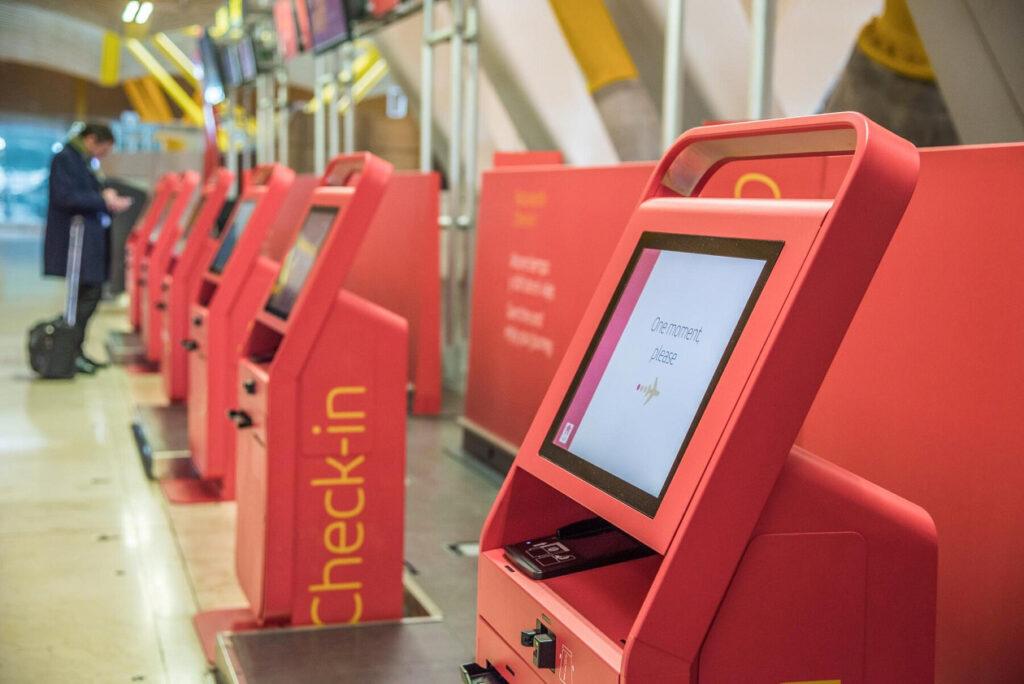
As mentioned earlier, the worst screens a brand can present on its digital signages and kiosks are those showing the IT professional at work. Customers and onlookers will walk away with a negative impression of the brand.
AirDroid’s Black Screen Mode prevents this reputational damage by shading the screen. Many MDMs stop there, leaving customers confused whether the device is off, broken, rebooting, or frozen.
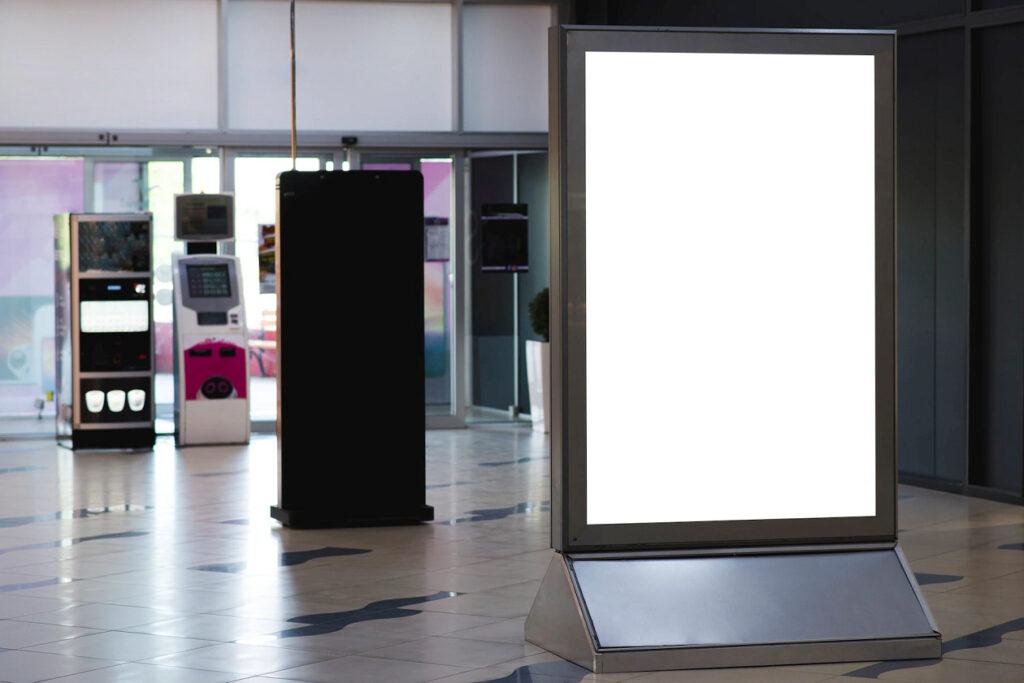
The Black Screen Mode on AirDroid, in contrast, removes all doubt with a helpful message: “This device is under maintenance.” This advisory may seem simple, but it goes a long way toward generating goodwill from customers. Several studies have shown that operational transparency makes customers more forgiving of a brand’s issues or mistakes. In this case, they will be more understanding that a device is undergoing maintenance since they were proactively informed, rather than left to wonder what is going on.
ATMs, POS terminals, and vending machines
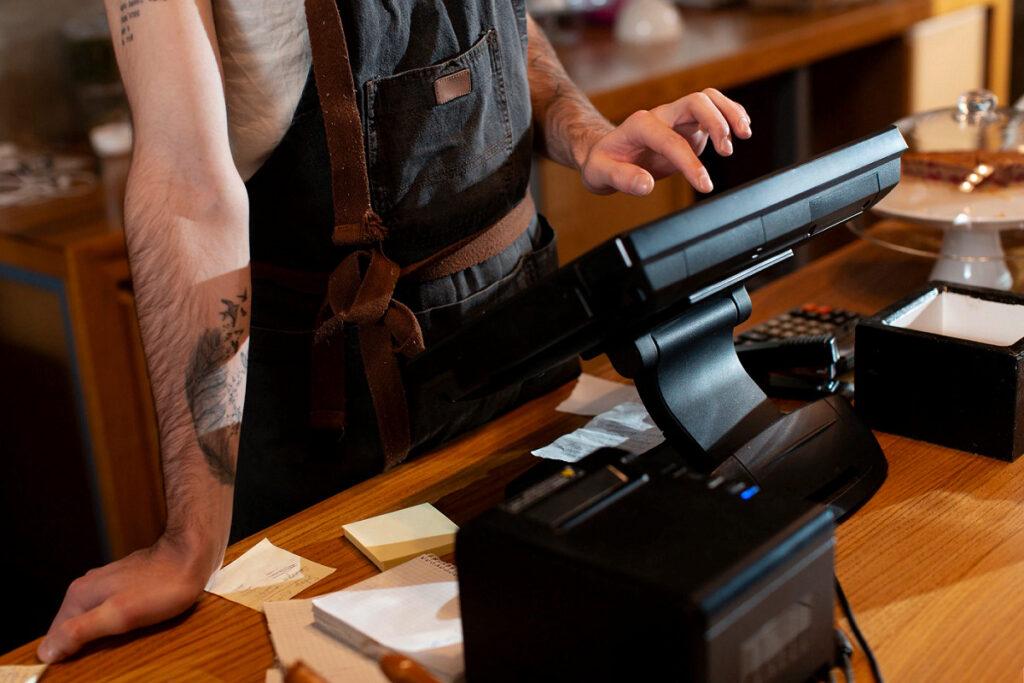
The general approach to fixing transactional devices like digital ATMs, POS terminals, and vending machines is to do so during off hours. For example, an IT team would likely fix a digital ATM outside of banking hours, or a POS terminal outside of peak shopping hours. This way, customers are not privy to the content or information displayed on screen during remote access.
AirDroid’s Black Screen Mode eliminates this need. Even at the height of their customer rush, IT teams can initiate a remote session to fix a problematic device, knowing that patrons will not be exposed to any sensitive information. This ability reduces device downtime, enabling them to be redeployed to service much sooner.
Brands that embrace Black Screen Mode will have much faster repair cycles than their peers, maximizing the capacity, productivity, and efficiency of their field devices.
Smart TVs and tablets
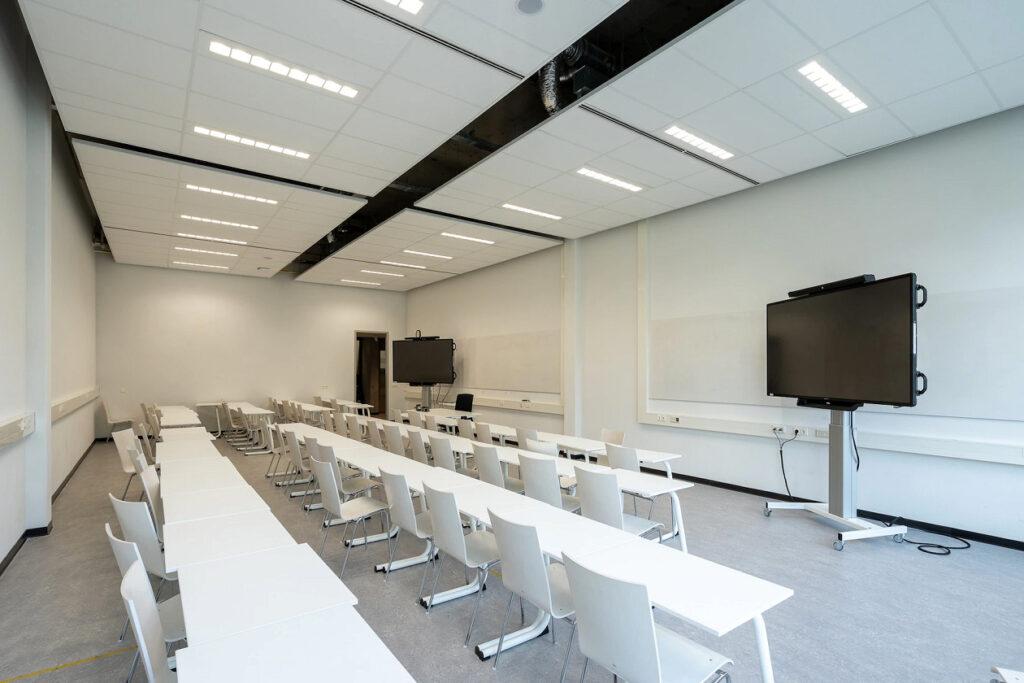
In a business setting, smart TVs and tablets are communication tools. They stream audio-visual presentations, showcase demos, and display sales decks. When these break down, there is someone on-site left hanging, such as an account manager or sales person.
It is important to not only get these devices up and running, but to make them display correctly. When initiating a fix, the IT professional could put the device into Black Screen Mode, so that the coworker cannot see the back-end operations. Just as importantly, the IT professional can toggle easily out of black screen mode, in the event he needs to verify something with the colleague on-site, such as whether the screen is performing as expected.
Black Screen Mode, in short, is not a state that is difficult to enter into and exit from. IT teams can seamlessly move back and forth from Black Screen Mode, providing the agility they need to troubleshoot devices attended to by a colleague, who may need to view the display at certain times but not others.
Smartphones
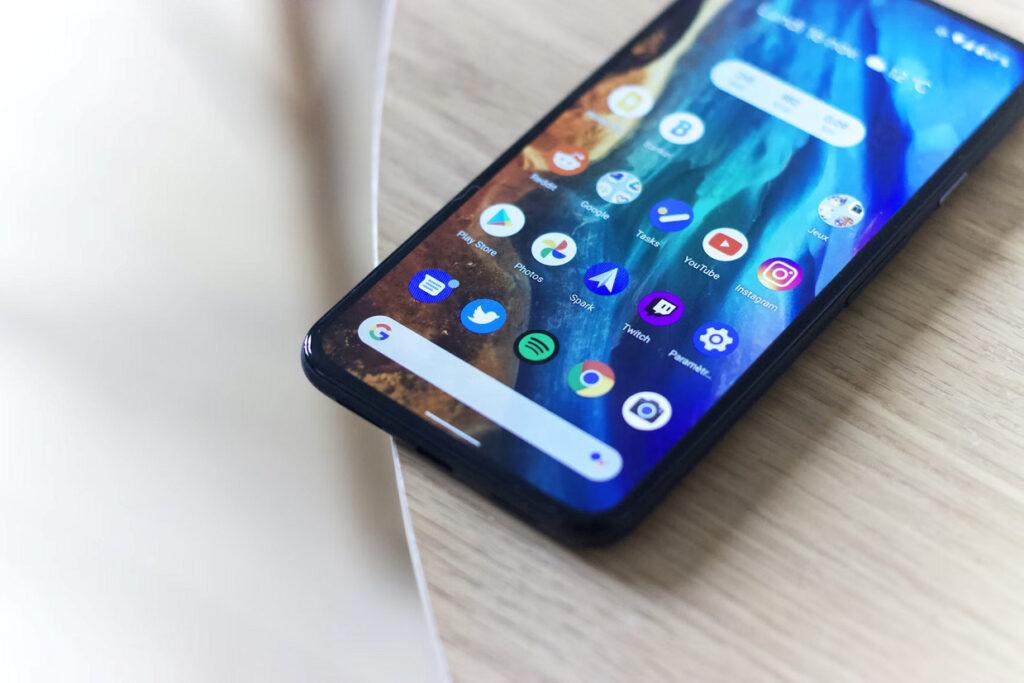
More and more people are expressing outrage at companies who seemingly violate the privacy of their own employees. Unless an employee is doing something untoward with their company-issued device, organizations should generally respect their privacy.
AirDroid’s Black Screen Mode is in keeping with these times. When accessing an employee’s smartphone to provide remote support, the IT professional can enter into Black Screen Mode. This way, sensitive personal data from the employee’s social media, internet browser, messaging platforms, or other apps is not revealed to colleagues nearby.
Employees will appreciate that the organization values not only corporate privacy, but also their personal privacy. In promoting this kind of culture, employees will in turn be more protective of company data when the need arises. When it comes to company-issued smartphones, Black Screen Mode is a way to show that everyone’s privacy matters.
Protecting the entire device ecosystem of an organization
Privacy and security are some of the two biggest buzzwords in business today, and for good reason. With consumers and businesses entrusting more and more of their information to the digital world, the need to protect this data becomes even more important.
Most organizations will focus on security around their offices, such as by issuing access cards, requiring log-in to their desktops, and storing company equipment in a secure area. But organizations are no longer confined to only their offices. With the emergence of remote and hybrid work, organizations have increasingly adopted a wider variety of field and mobile devices.
Securing these touchpoints is just as critical, if not more so. They are extensions of a brand into the real world, where they may face even more persistent threats. Remote control sessions of these devices may inadvertently lead to public ridicule, cyber attacks, and even exposure of trade secrets.
When it comes to their MDM, brands should realize that there does not need to be a trade-off between convenience and safety. With the Black Screen Mode of AirDroid Business, brands can protect their data beneath a darkened cover. Brands can think of Black Screen Mode as a kind of camouflage: It can protect their most important assets right out in the open, and then unveil them once again when they are ready to go forward.

Leave a Reply